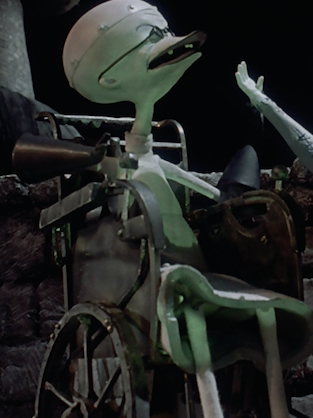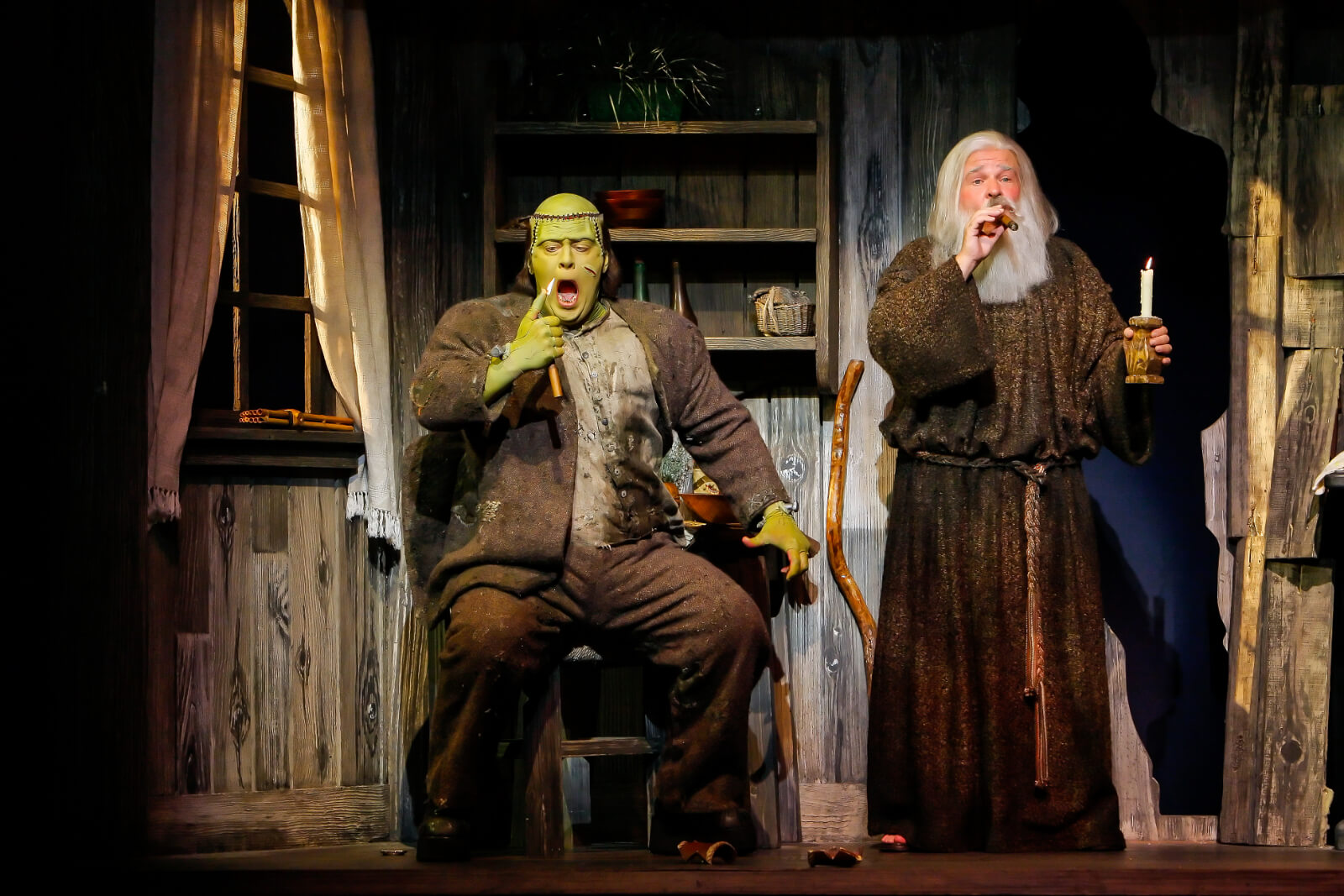

As the rock displaces water, waves ripple from the central point. How voice travels: Recall your high school physics teacher explaining sound? For many of us, an analogy of a stone dropped into a quiet pond was helpful. Voice Science explains how your voice travels When you factor in other features (like pitch) and speech traits (such as rate and rhythm), is it any wonder that there are countless combinations that make each person’s voice unique?ĭr.
#VOCAL LAB PRODUCTIONS DR WHO PROFESSIONAL#
Is there is a right or wrong way to breathe? For professional voice users (such as teachers), a beneficial tip is to keep the abdominal muscles supple and relaxed. This causes the volume within the lungs to expand, and air swoops in the nose or mouth, down through the larynx, and into the trachea, bronchi and, finally, lungs. When you prepare to breathe, the diaphragm (the large, flat muscle located below the lungs) drops. Respiration: air fuels the system: Respiration is the body’s cyclic intake and exhalation of air. As you explore speech production, though, you will undoubtedly appreciate how masterfully many tasks are be coordinated - within fractions of seconds. For simplicity, we will leave out the mastermind of this whole system: the brain. Quite cleverly, you move the tongue, palate and other structures in just the right way at just the time time to form words.

Articulation is the shaping of raw sound into recognizable speech. As air passes through your larynx (voice box), tissues vibrate to produce sound waves. You need it to produce the pressure and vibration necessary for sound.

To do that, you must appreciate the three production steps: respiration, phonation and articulation. Taking responsibility for your vocal health starts with understanding how the system works.


 0 kommentar(er)
0 kommentar(er)
